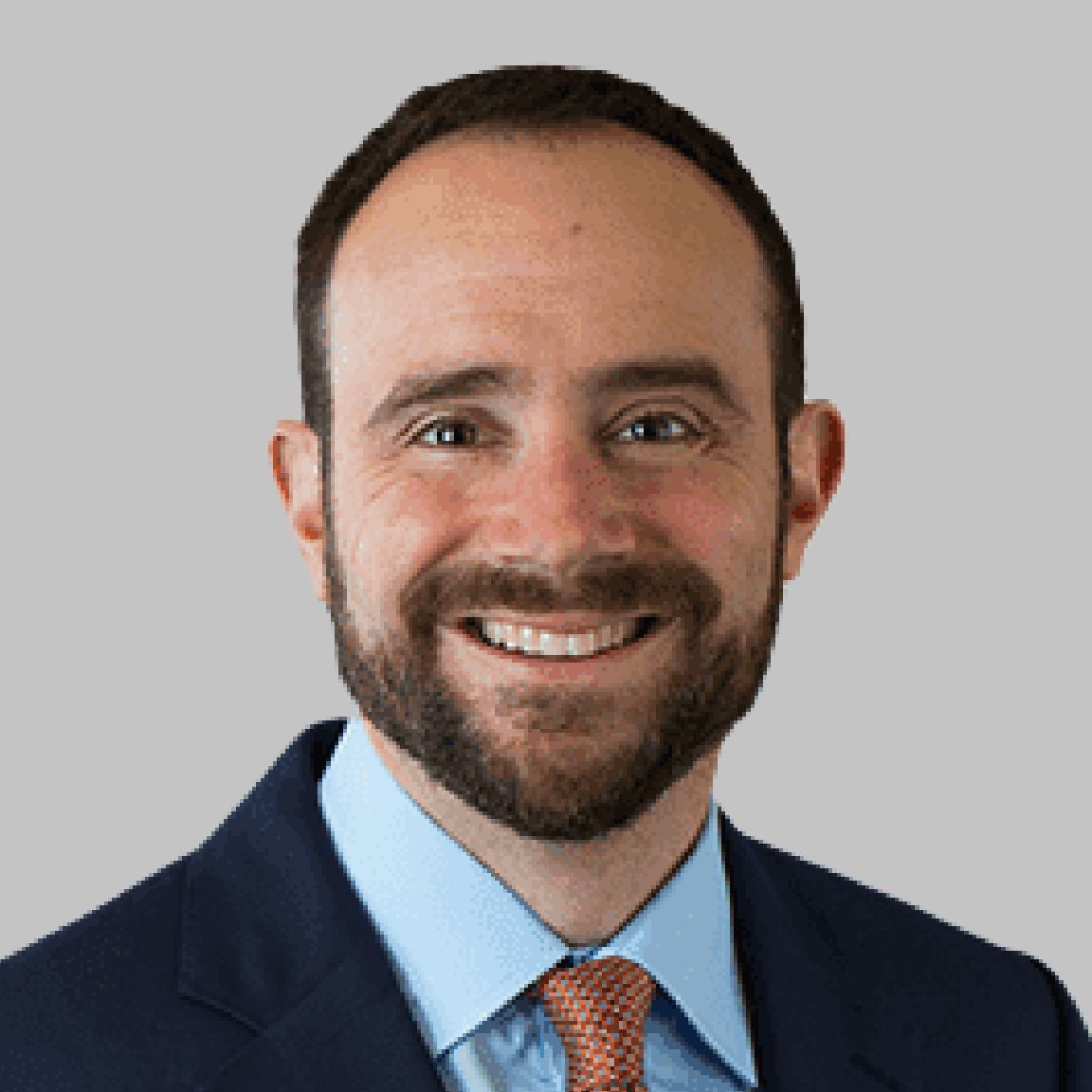by Eric Winograd, Director—Developed Market Economic Research, AllianceBernstein
Yesterday, the Fed raised its benchmark interest rate 25 basis points to a 4.75%–5.0% range and signaled that one more hike is likely this cycle. Some investors might see this as tone-deaf: given the bank turmoil, why keep tightening policy with higher rates already causing issues? Could this reflect pessimism—a Fed so worried about inflation that it must keep tightening despite banking challenges?
We think it’s the opposite—the Fed’s choices are best viewed as reflecting cautious optimism in two significant ways.
The Fed Isn’t Hearing Echoes of Past Crises
First, the Fed’s decision to raise policy rates suggests confidence that bank turmoil won’t spiral into a systemic crisis. The statement from the Federal Reserve Open Market Committee (FOMC) described the sector as “sound and resilient,” with Fed Chair Jerome Powell reiterating that language in his press conference.
Powell also indicated that the Fed believes deposit outflows are slowing and that the policy response rolled out to date has supplied enough liquidity to keep the overall system stable. By raising rates, the Fed is essentially expressing optimism that the banking sector is robust enough to weather this episode, despite the trying events in recent days.
Investors shouldn’t mistake this stance as blind optimism—positive, yes, but cautious. Powell made it very clear in his remarks that the central bank will be keeping a watchful eye on bank liquidity in the days ahead, wanting to be sure that the system as a whole doesn’t come under stress.
Policymakers Expect Bank Turmoil to Do Some of Their Work
The second reason to glean optimism from the Fed stems from its new rate forecasts. They didn’t rise from December, even with recent indicators showing stickier inflation, faster economic growth and a stronger labor market than previously expected. Before the bank woes, many investors expected a higher rate path, maybe as high as 6%, with recent readings seeming to provide the impetus. Instead, the Fed signaled the likelihood that only one rate hike is left in the queue.
The reason? Rather than viewing the bank turbulence as purely downside risk, the Fed is taking the optimistic perspective that tighter credit conditions from more conservative bank behavior will complement policy objectives. Slower credit extension, from this lens, won’t roll the economy over; it will help rebalance it by slowing growth only modestly. This would do some of the Fed’s work, enabling smaller rate hikes than would otherwise be the case.
Cautious Optimism…Accompanied by Vigilance
Again, investors should bear in mind that the FOMC’s optimism is cautious—not unbridled. Just as the Fed will be watching bank liquidity in the near term, it will be monitoring bank lending in the medium term to see if this optimistic view of a slowdown—but no stop—comes to fruition.
All in all, the approach at this week’s FOMC meeting seems sensible. The Fed and Powell acknowledged the uncertain situation and the need for flexibility moving forward. The central bank may be relatively optimistic now, but we don’t think that optimism alone will define future policy choices. It’s still early days in this episode—too soon to know exactly where and how it will end or to gauge the economic impact. So, optimism is good, but caution is still warranted.
The views expressed herein do not constitute research, investment advice or trade recommendations and do not necessarily represent the views of all AB portfolio-management teams and are subject to revision over time.
*****
About the Author
 Eric Winograd
Eric Winograd
Eric Winograd is a Senior Vice President and Director of Developed Market Economic Research. He joined the firm in 2017. From 2010 to 2016, Winograd was the senior economist at MKP Capital Management, a US-based diversified alternatives manager. From 2008 to 2010, he was the senior macro strategist at HSBC North America. Earlier in his career, Winograd worked at the Federal Reserve Bank of New York and the World Bank. He holds a BA (cum laude) in Asian studies from Dartmouth College and an MA in international studies from the Paul H. Nitze School of Advanced International Studies. Location: New York
Copyright © AllianceBernstein















